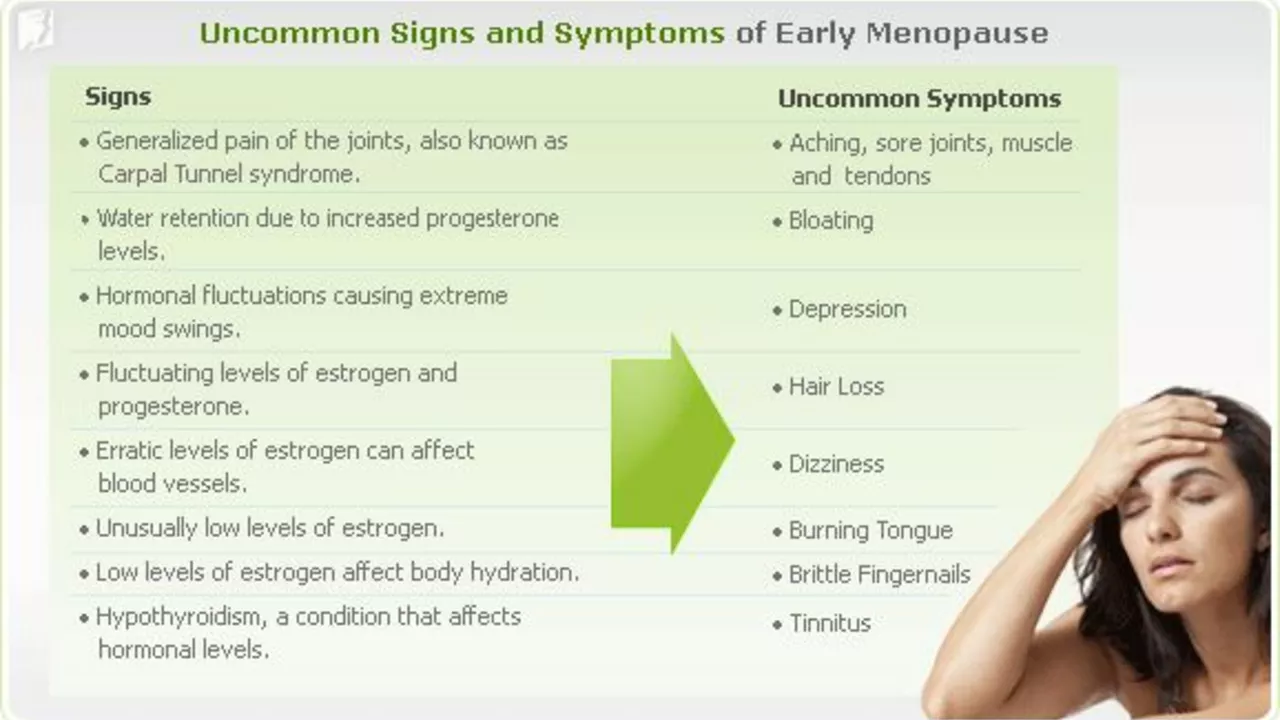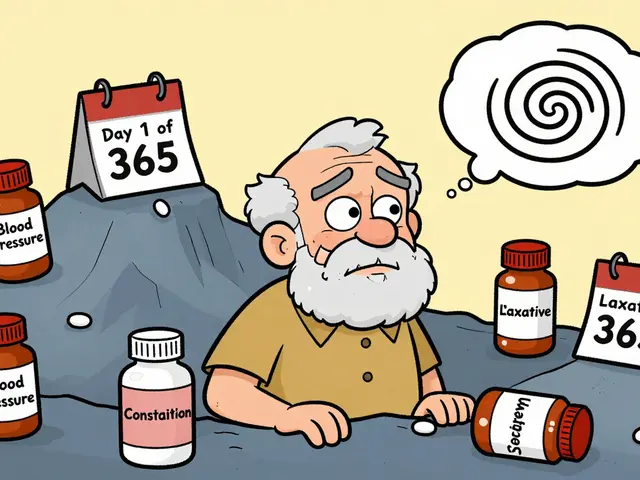Anastrozole: What It Is and Why You Might Need It
You've probably heard the name anastrozole if you or someone you know is dealing with breast cancer. It's not a mystery drug – it’s an aromatase inhibitor that lowers estrogen levels in the body, helping to slow down hormone‑sensitive tumors.
Most people take it after surgery or radiation when doctors want extra protection against cancer coming back. If you're new to this medication, you might wonder how it actually works, what the right dose is, and what side effects you could expect. Below we break it all down in plain English so you can feel more confident about your treatment.
How Anastrozole Works
Anastrozole blocks an enzyme called aromatase, which turns testosterone into estrogen. In post‑menopausal women, most estrogen is made this way, not by the ovaries. By shutting down that conversion, the drug drops estrogen levels dramatically.
Lower estrogen means less fuel for cancers that grow in response to the hormone. It’s a targeted approach – you’re not blasting every cell, just cutting off one key growth signal.
Dosage, Safety Tips & Common Side Effects
The standard dose is 1 mg taken once daily, usually with or without food. Your doctor will tell you exactly how long to stay on it; many patients use anastrozole for five years after their primary treatment.
Here are a few practical tips:
- Take it at the same time each day – consistency helps keep hormone levels steady.
- Don’t skip doses unless your doctor says otherwise. If you miss one, take it as soon as you remember unless it’s almost time for the next dose.
- Stay hydrated. Some people notice joint stiffness; drinking water and gentle exercise can ease that.
Side effects vary, but common ones include hot flashes, joint or muscle pain, fatigue, and mild nausea. Most of these are manageable – over‑the‑counter pain relievers for aches, a cool room for night sweats, and small meals throughout the day for stomach upset.
If you notice severe bone loss, your doctor might suggest calcium, vitamin D, or even a bone‑strengthening medication. Regular check‑ups with blood tests and bone density scans keep everything on track.
Never start anastrozole if you're still pre‑menopausal; the drug can actually raise estrogen in that group and make things worse. Always confirm your hormonal status with your doctor before beginning treatment.
Interactions are fairly limited, but let your pharmacist know about any other meds you’re on – especially hormone therapies, tamoxifen, or certain antidepressants. Alcohol isn’t a strict no‑no, but excessive drinking can worsen liver strain and increase side effect risk.
Finally, keep an eye on mood changes. Some people feel more irritable or down; talk to your healthcare team if this becomes a problem. Simple counseling or a short course of medication can help.
In short, anastrozole is a powerful tool in the fight against hormone‑driven breast cancer when used correctly. Stick to the prescribed dose, report any worrisome symptoms early, and stay proactive with lifestyle habits that support bone health and overall well‑being.




